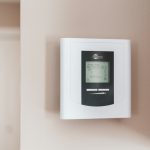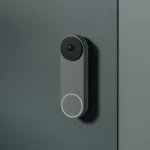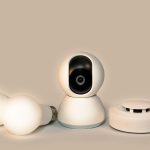Table of Contents
When I first got my hands on a Nest thermostat, I was excited by its potential to enhance comfort and rack up energy savings. These smart devices, including the Nest Learning Thermostat and the Nest Thermostat E, adapt to my heating or cooling preferences, learn my schedule, and even allow me to set eco temperatures to save energy while I’m away. By examining my energy history, I can make informed adjustments to my Nest thermostat’s settings, ensuring that each adjustment contributes to a more efficient home.
Getting Started With Your Nest Thermostat
Setting up your Nest thermostat starts with a straightforward installation process. I followed the installation instructions closely, ensuring proper placement for optimal temperature readings. Once installed, I could manually set the desired temperature or allow the Nest to learn my preferences and create a scheduled temperature that aligns with my routine. The thermostat ring is intuitive, turning it allows me to select your thermostat from multiple units, and pressing it confirms my selection.
Configuring Your Nest Thermostat for First Use
My first task with the Nest Learning Thermostat was to manually set the eco temperatures and customize the nest thermostat temperature schedules to suit my lifestyle. The installation instructions were clear, and with a few simple steps, my Nest Thermostat E was ready for use. If I ever needed to reset the thermostat, doing so was just a matter of navigating through the settings using the thermostat ring.
Navigating the Initial Setup Process
The moment I set up my Nest thermostat, I was guided through a series of prompts on the device’s display, making the initial configuration a breeze. It walked me through essential settings like location and Wi-Fi, ensuring that my thermostat was fully operational and ready to learn my habits.
Connecting to Your Wi-Fi Network
After powering up my Nest, connecting it to my Wi-Fi network was essential for remote access and updates. I selected the network, entered the password, and my thermostat was online in no time, ready to be controlled from anywhere.
Pairing With the Nest or Home App
Pairing my Nest thermostat with the Nest app was a crucial step for remote management. The app provides a centralized platform where I can adjust settings, view energy usage, and receive alerts, all from my smartphone.
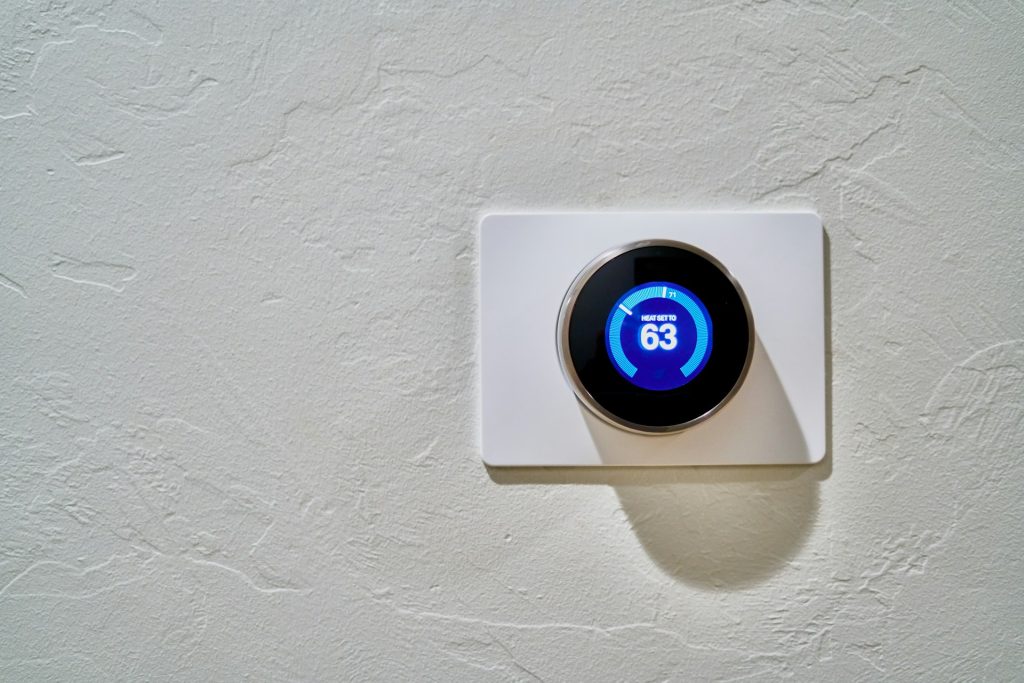
Mastering the Basics of Nest Thermostat Control
Learning to control your Nest thermostat is simple. The user-friendly interface and responsive controls allowed me to make quick adjustments to maintain optimal comfort in my home.
Understanding the Interface and Buttons
The Nest thermostat’s interface is sleek and easy to navigate. I found myself quickly becoming familiar with the layout and various button functions, which made managing my home’s climate effortless.
Adjusting Temperature Settings Manually
Whenever I need to change the climate in my home, I can easily target temperatures by using the app and tap to start the adjustment. Sometimes, I like to drag my finger around the thermostat ring to manually adjust the temperature, giving me immediate control over my environment.
Automating Comfort With Nest Learning Features
One of the best parts of owning a Nest is taking advantage of its learning features that automate my home’s temperature settings, providing me with unparalleled comfort and efficiency.
How Nest Learns Your Preferences
As I interact with my Nest thermostat, it quietly learns my schedule and temperature preferences, creating an automated heating and cooling plan that fits seamlessly into my daily routine.
Setting Up Smart Schedules
Setting up smart schedules with my Nest thermostat meant that I no longer had to worry about adjusting the temperature. The thermostat preemptively adjusted settings based on my habits, ensuring my home was always at the perfect temperature.
Managing Multiple Nest Thermostats in Your Home
For those with larger homes, managing multiple Nest thermostats is straightforward. I was able to integrate all my devices under one account for centralized control.
Linking Additional Units to One Account
Adding more Nest thermostats to my setup was hassle-free. Linking additional units to my account allowed for coordinated control and consistent comfort throughout my entire home.
Zone Control for Targeted Heating and Cooling
With zone control, I can ensure that the desired temperature is reached in specific areas of my home, making every room comfortable without wasting energy on unused spaces.
Utilizing the Nest App for Remote Control
My Google Nest Thermostat can be a game-changer when it comes to managing my home’s climate from afar. With the app, I can control the temperature remotely, ensuring my home is cozy before I even step through the door. Whether I need to set a schedule, select the temperature, or switch to eco mode, it’s all at my fingertips. The app’s interface allows me to drag my finger to adjust settings, set fan timer, or even tap ‘hold temperature’ for those times when I want to keep things just right. It’s super convenient, especially when I’m away and realize I forgot to adjust the thermostat.
Mobile App Features and Capabilities
I love how the Nest app lets me tap into a range of features to manage my thermostat’s settings. I can easily tap schedule to set temperatures for different times of the day or change them on the fly if my plans shift. The app also shows me temperature presets, allows me to manage the fan schedule, and even control temperature sensors throughout my home. By pairing thermostat in the app with my other smart devices, I create a cohesive system that keeps my space perfectly tuned to my preferences.
Adjusting Settings from Anywhere
With the Nest app, I’m never out of touch with my home’s climate. If the thermostat is set too high, I can lower it with just a couple of taps. And if a cold front hits while I’m on vacation, I can remotely switch my thermostat to heat and set target temperatures to prevent pipes from freezing. The ability to adjust settings from anywhere means I can always walk into a comfortable home, plus I save on energy bills by not heating or cooling an empty house.
Energy Savings With Nest Thermostat
The Nest Thermostat’s intelligent design helps me save on my energy bills. It learns my away routines, adjusting the climate control accordingly to conserve energy when I’m not home. The thermostat will automatically set itself to an energy-saving temperature, ensuring efficiency without sacrificing comfort. This feature is a key part of why I chose a smart thermostat in the first place—it’s all about maximizing comfort while minimizing waste.
The Role of the Nest Leaf Feature
The Nest Leaf feature is like a pat on the back for saving energy. When I see the leaf icon, I know I’m on the right track. It appears when the thermostat is set to temperatures that save energy, guiding me towards more eco-friendly and cost-effective settings. This simple but clever feature encourages me to make smarter choices, which is great for the planet and my wallet.
Tracking Your Energy History for Insights
Understanding how my home uses energy is crucial for making smarter heating and cooling decisions. The Nest thermostat’s energy history provides me with a clear view of my usage patterns. If I’ve been running my heat pump more often than necessary, the history can show me, prompting me to adjust my habits. This insight into my home’s energy consumption is invaluable for keeping my bills down and my environmental impact low.
Utilizing the Savings Finder for Recommendations
The Savings Finder is like my personal energy consultant. It takes a deep dive into my energy usage and offers tailored suggestions for reducing it. I’ve found that by following the recommendations, I can tweak settings slightly for significant savings without compromising on comfort. It’s a smart way to make sure I’m always running my home as efficiently as possible.
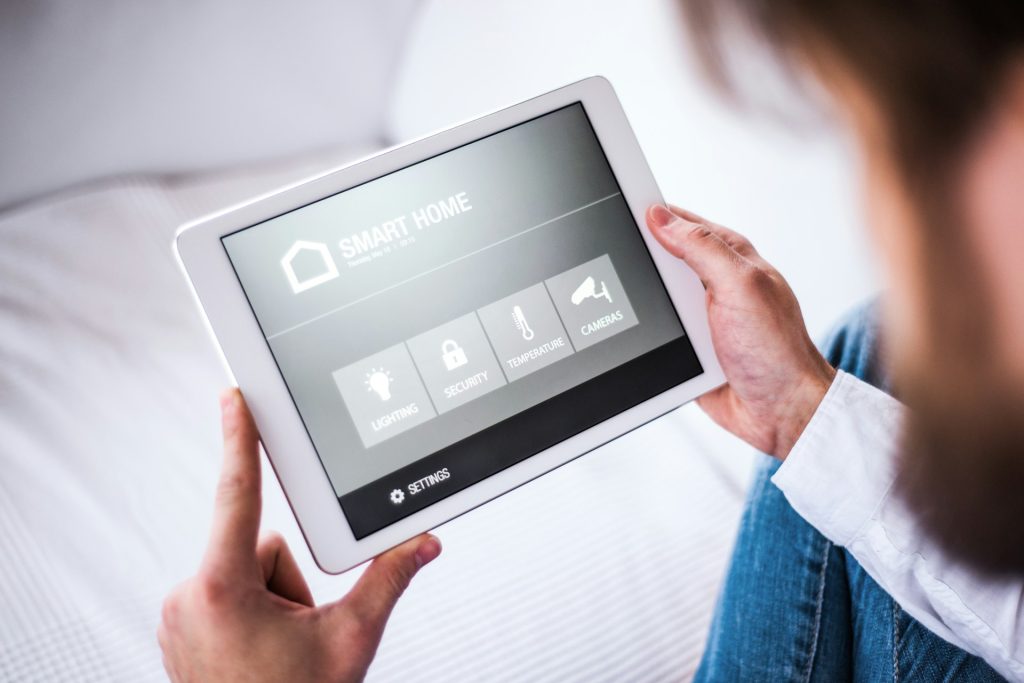
Troubleshooting Common Nest Thermostat Issues
Even the most reliable gadgets can hiccup, and the Nest Thermostat is no exception. But troubleshooting is usually straightforward. A common issue I’ve seen is Wi-Fi connectivity problems, which often require a simple reset of the router or thermostat. Calibration and sensor errors can happen too, but the app provides guidance on how to recalibrate or reset the device. It’s all pretty user-friendly, which is a relief.
Wi-Fi Connectivity Problems
Wi-Fi connectivity issues can be a real snag when using a smart device like the Nest Thermostat. If my thermostat can’t connect to Wi-Fi, it won’t receive updates or allow for remote control. To fix this, I make sure my router is working correctly and that the thermostat is within range. Sometimes, a simple restart of both the router and the thermostat will do the trick.
Calibration and Sensor Errors
Calibration is key for accurate temperature readings. If my Nest starts acting up, I check the temperature sensors and recalibrate if necessary. Sensor errors can sometimes occur due to dust accumulation or positioning issues, so I make sure they’re clean and properly placed. Usually, a quick recalibration through the app sorts everything out.
Conclusion
In conclusion, learning to program my thermostat and set up a personalized thermostat schedule has been rewarding. I’ve achieved a comfortable temperature in my home effortlessly, and the remote control feature means I’m always just a few taps away from adjusting my settings. It’s smart living at its finest, and I’m here to guide others to this comfort.

I’m Steve, an engineer dedicated to advancing smart home technologies. Through Eco Smart Spaces, I share insights and expertise on implementing smart solutions that streamline living spaces. Join me in embracing a future where homes work smarter for you.

